 Open Access
Open Access
ARTICLE
Research on Teaching Method of Children’s Image Cognition Based on AR Technology
1 Jiangsu Vocational College of Electronics and Information, Huai’an, 223003, China
2 Completion of Doctoral Course, Sangmyung University, Seoul, 03016, Korea
3 Department of Family Welfare, Sangmyung University, Seoul, 03016, Korea
* Corresponding Author: Jie Gui. Email:
Journal on Internet of Things 2022, 4(4), 197-213. https://doi.org/10.32604/jiot.2022.037182
Received 01 October 2022; Accepted 04 November 2022; Issue published 18 July 2023
Abstract
In this paper, the research on the teaching method of children’s image cognition based on AR technology is carried out. By analyzing the principle of AR technology to recognize images, we understand that AR technology can promote children’s image cognition, and this teaching method is in line with the Tower of Experience theory. It further analyzes the current situation of children’s image cognition teaching with simple teaching methods, backward AR teaching tools, and poor perception of teaching objects. Teachers’ traditional image teaching methods cannot effectively and efficiently improve children’s image cognition. Therefore, based on AR technology, two commonly used image cognition teaching methods are proposed: AR interactive picture book education and AR interactive game education. Both of these educational methods can improve children’s ability to recognize images.Keywords
Early childhood education is at a very important stage in the entire education process, and the level of early childhood education is crucial to the cultivation of listening, speaking, reading and writing skills, and children’s interest. With the progress of society and the development of science and technology, the educational environment, teaching methods and teaching tools of early childhood education have undergone earth-shaking changes. Education and social development are carried out simultaneously [1]. In the era of rapid development of artificial intelligence technology and big data, the teaching methods of early childhood education have been affected in many ways: the teaching method has developed from paper-based, blackboard-based to multimedia, the teaching environment has developed from physical to virtualized, teaching resources have developed from singularity to diversified, and the teaching mode has changed from imparting to interactive development. Beginning in the 1980s, Chinese kindergartens began to rely on computer teaching, and schools established specialized computer classrooms [2]. Today, they have not only used computers for teaching, but have used a variety of scientific and technological means and digital teaching resources to complete teaching.
At present, AR preschool education applications on the market are mainly concentrated in the following three directions: AR teaching demonstration tools, AR educational games and AR e-books. Therefore, the application of AR technology in the field of early childhood education has great potential. It can help children recognize things, provide them with a new way of expression, and build a platform for children to explore independently in the most realistic interactive way.
Regarding the study of AR technology for children’s image cognition teaching methods, Xu Shanshan has developed the “children’s literacy e-book” using AR technology. This research uses AR technology to image 3D models to display Chinese characters vividly and realistically, and through AR The combination of technology and audio technology creates a different learning experience of learning Chinese characters [3]. Enyedy and Danish set up the AR teaching environment to enable children to experience the physical phenomena around them more realistically and three-dimensionally. Through AR technology, children can easily like basic physics knowledge. Cheng and Tsai conducted research on children’s image cognition, and strengthened children’s intuitive cognition of images through the most direct way of reading. They developed a set of AR three-dimensional textbooks to enable children to read through AR devices. At the same time as playing, AR stereo textbooks can play 3D story scenes at the same time. This set of textbooks changes the reading experience of traditional textbooks in the past. It not only strengthens the reading experience of children, but also strengthens the interaction and communication between teachers, parents and students [4]. Alyousify and others help children learn children’s books through AR technology, play letters and sounds by detecting image objects, and make children learn knowledge more intuitively through 3D [5]. Wang Jingjing and others proposed the AR technology based augmented reality technology for English stereoscopic textbooks, which combines virtual objects with real environments through AR technology to give children a real sensory effect in learning English [6]. Companies that develop AR early education products focus on children’s image recognition and the interaction between AR products and children [7]. Through the development of AR literacy picture books and drawing books, they help children to recognize images more concretely through AR products, and strengthen Children’s participation in the teaching process of literacy and picture recognition; combined with astronomy and geography knowledge and items that are difficult and easy for children to access, through the development of AR game interactive products and AR creative products, to promote children’s interactivity in the process of image recognition learning. Tactile andparticipatory [8].
As an emerging technology that has developed rapidly in recent years, AR technology has been applied to education and teaching, and has achieved good results. AR technology not only has the characteristics of combining virtual and real, but also can perform artificial interaction very well. This technology is of great significance for image education of young children. The use of photographs is important for students because they are more likely to believe findings when they are paired with colored images describing complex situations during learning instead of other representational data such as complex book text. Children’s recognition of images is not like adults with clear discrimination and cognitive abilities [9]. Children’s distinction between images is only limited to the difference between shapes and different pictures. They cannot effectively image feces, but can only achieve fuzzy cognition. Therefore, it is necessary to find another way to teach children’s image. With the help of AR technology, the teaching of children’s image cognition can be completed well. This method of teaching application can replace other learning resources, cooperate with children’s classroom teaching, and provide a more active and attractive way to interact with the learning content by changing children’s perception of the real environment. Get a novel and interesting experience in the interaction with the AR environment. Thinking, or cognitive, skills develop as children learn to think more complexly, make decisions, and solve problems. As young children explore, ask questions, and create, they improve their thinking skills.
2 AR Technology Recognizes the Image Principle
AR technology is developed on the basis of VR technology. AR technology can not only present virtual image technology, but also accurately present virtual scenes to the real world. Through the combination of computer technology and visualization technology, AR technology superimposes the constructed virtual or real scene into the real scene of the user [10]. This technology can not only restore and image more truthfully, but also refresh people’s image Therefore, VR technology has practical significance for early childhood education with weak image cognition ability.
The boundary between the real environment and the virtual environment can be represented by Fig. 1. What is between the virtual and the real scene can be called mixed reality, and the VR technology connects the virtual reality and the real reality, and presents the virtual scene in the real reality. In Virtual reality can improve education by providing students with memorable and immersive experiences that would otherwise not be possible. It can all take place within the classroom. Establishing the purpose of the recognition is important because other decisions will flow from the purpose. Recognition most often serves to reward good work and indicate to the students, faculty members, and administration that good teaching is important.

Figure 1: Real-virtual continuum
AR technology can not only display the information of the real scene, but also display the information of the virtual object together to achieve the effect of mutual superposition between the real scene and the virtual object, as shown in Fig. 2. Therefore, the AR technology is closer to reality and realizes the virtual object and the real scene [11]. The interaction and integration of the real scenes enhances the children’s perception and cognition of the real scenes. With its advantages, namely audio, video, and three-dimensional virtual model images, AR technology can produce more interactivity with virtual objects and the real world, allowing users to be immersed in the scene, easier to be accepted and used by children, and develop in the future In China, AR technology will have more room for development.
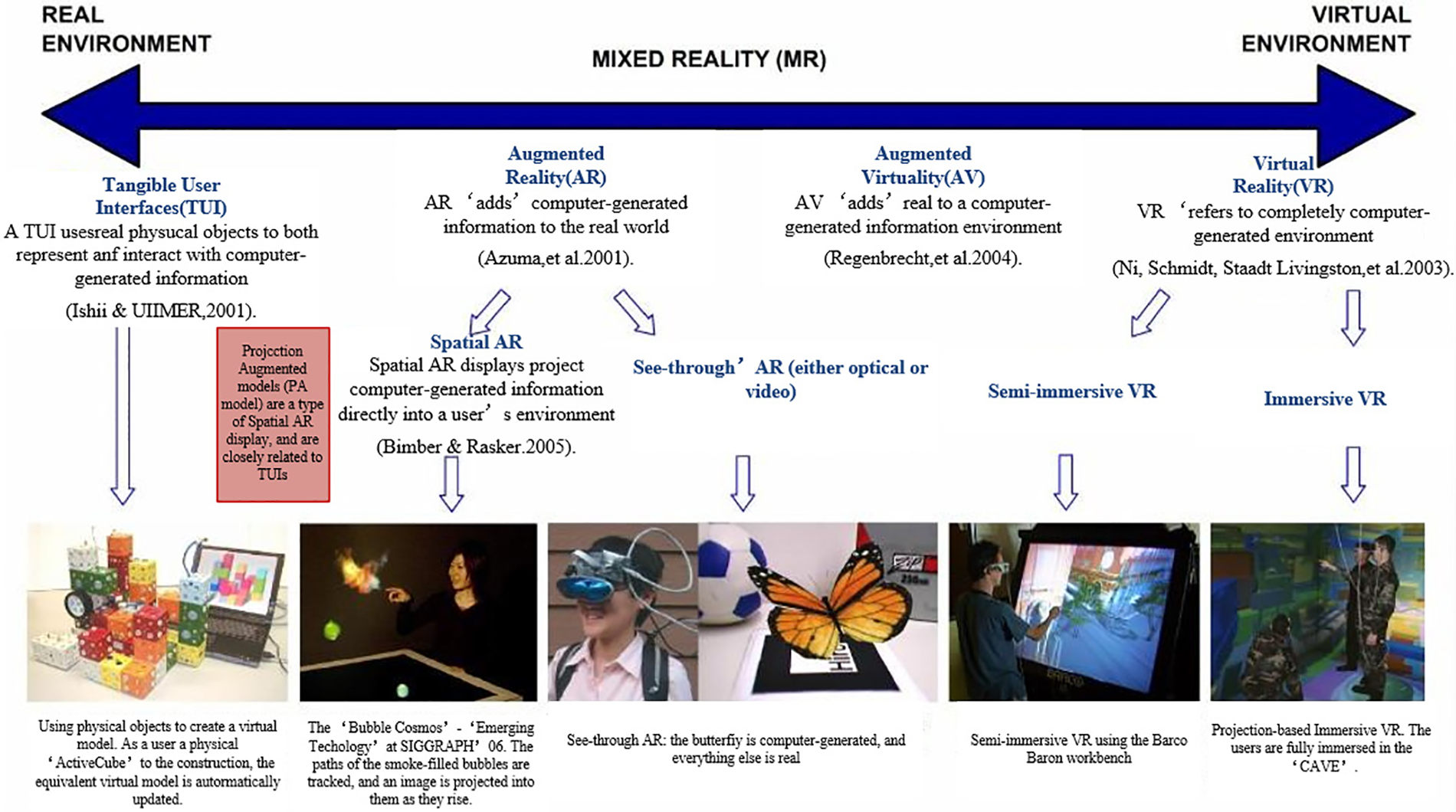
Figure 2: Analytical diagram of AR technology principle
In order to realize the natural fusion of virtual objects and real scenes, augmented reality needs to solve the problem of how to accurately locate it. It generally includes 4 basic steps: ① Collect real scene images; ② Identify the real scene and determine the camera position; ③ Virtual model rendering; ④ The virtual object is registered in the real environment to generate a virtual and real fusion scene, as shown in Fig. 3 for the implementation process of the augmented reality system.

Figure 3: AR system implementation flowchart
2.2 The Principle of AR Technology to Recognize Images
The principle of AR technology image recognition is to use computer vision to establish the mapping relationship between the real world and the screen, so that the graphics or 3D models to be drawn can be displayed on the screen as if they were attached to real objects. The teaching of using VR technology for children’s image cognition mainly uses the combination of artificial intelligence image recognition technology and VR technology. Artificial intelligence image recognition technology mainly obtains the subject part of the image through image capture, and then performs image recognition [12]. The artificial intelligence image recognition module can be roughly divided into three major parts: image grayscale, edge detection, and dynamic image tracking [13]. The principle of Canny operator for edge detection is to determine the image edge pixels by finding the maximum of the signal function. Gaussian filtering is used to reduce image noise, and difference is used to calculate amplitude and direction. Through non maximum suppression, the lag threshold is obtained, which makes the edge processing completer and more detailed.
(1) Image grayscale
Image grayscale is mainly used to change the color image and grayscale image by changing the value of the color model in the three primary colors of RGB [14].
In Eq. (1), The formula used for grayscale is:
(2) Edge detection
The edge detection processes each pixel on the grayscale image through the discretized Gaussian function value for weighted average processing. Edge detection can be performed after Gaussian filtering. Because there are grayscale jumps in the edge of the image, the edge detection uses the Canny operator to make the edge of the grayscale image clearer and clearer, so as to determine the outline of the entire image [15].
In Eq. (2), the Gaussian filtering function is:
There are several differential operators that can be used for edge detection. Two commonly used operators are: Sobel operator and Canny operator [16]. The Canny Edge Detector is an edge detection operator used to detect a wide range of edges in images. The Sobel operator is used in image processing and computer vision, particularly within edge detection algorithms that create an image emphasizing edges. The canny edge detector is probably the most commonly used and most effective method [17].
In Eq. (3), Sobel operator has two templates in x direction and y direction, they are
The processing matrix is shown in Eq. (4):
In Eqs. (5)–(7), the gradient amplitude obtained by volume integration through the Sobeloperator:
Sobel operator uses gray-scale weighting algorithm for edge detection. However, in the case of a large amount of calculation, the Sobel operator will have a false edge phenomenon, which makes some edges of the image not clear enough [18].
In Eq. (8), Canny operator is:
In Eq. (9), the first-order partial derivative matrix in the x direction is:
In Eq. (10), the first-order partial derivative matrix in the y direction is:
In Eq. (11), Gradient amplitude is:
In Eq. (8), Gradient direction is:
In order to make the edge processing completer and more detailed, it is necessary to perform “non-maximum suppression” processing and double threshold processing [19].
(3) Dynamic image tracking
Regarding the dynamic graphics tracking in AR technology is a more important part of it, the correctness of dynamic graphics tracking design affects whether the graphics generated in AR technology will produce human-computer interaction, dynamic graphics tracking technology is a virtual phenomenon and the occurrence of real things [20]. The series of interactions and virtual things change according to the changes of the characters’ actions in reality, so that the scenes of the virtual objects become more real. In order to achieve the best graphics tracking effect, three properties must be possessed, namely stability, real-time, and accuracy. The most popular application for augmented reality in education is the use of AR apps directly in the classroom. In this case, they can help the teacher explain a subject, provide a visual representation of the material, and help students test out their knowledge in practice [21].
Add the required features and methods as needed to produce more powerful objects. You can also create new objects to improve the functions as needed. This method is a tracking recognition method, as shown in Fig. 4.
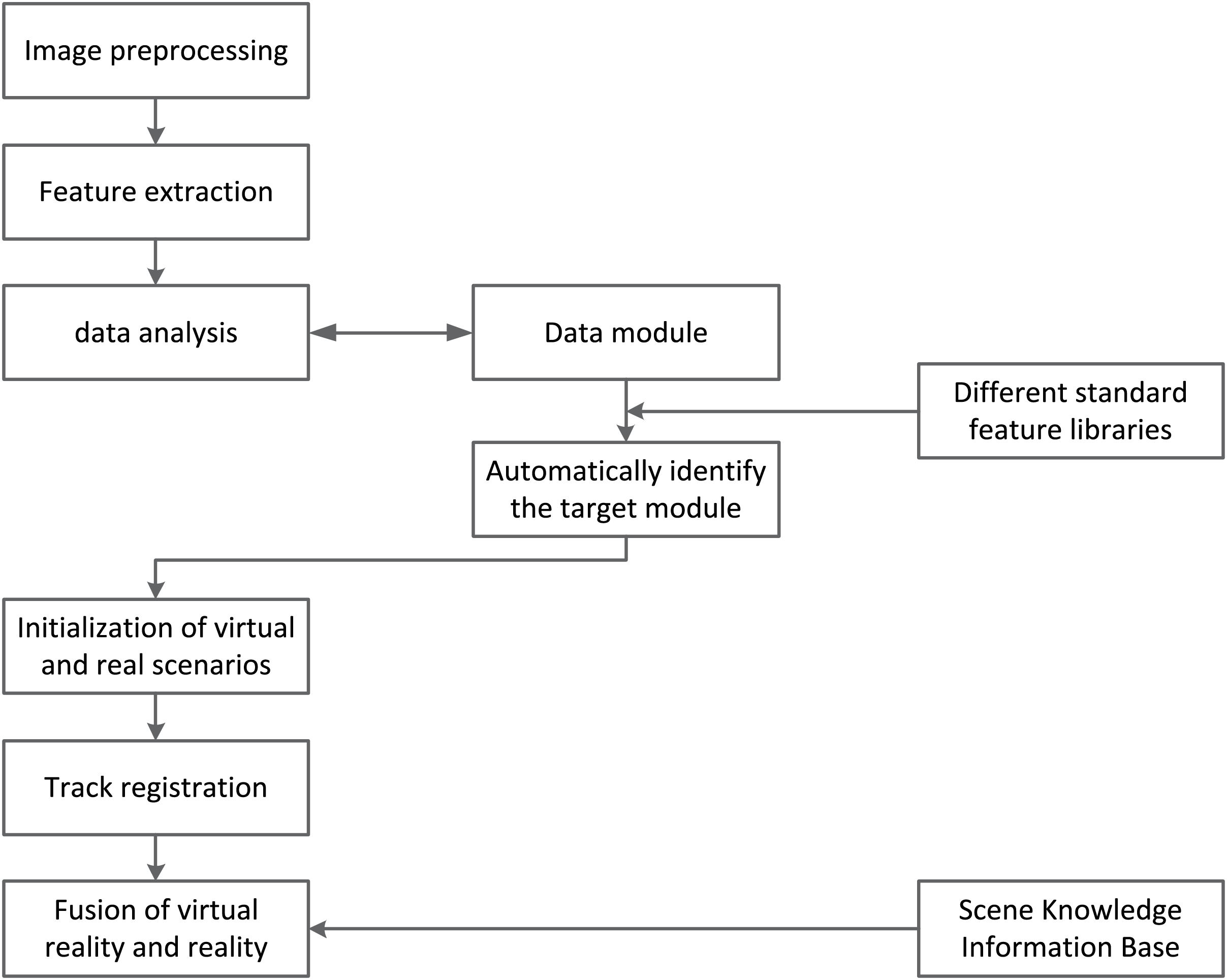
Figure 4: Tracking identification method diagram
2.3 Theory of Teaching Experience
According to the classification of learning experience in the book “Audiovisual Teaching Method” compiled by American educators, students’ learning experience can be divided into ten levels. The theory composed of these ten levels is called the experience tower theory. As shown in Fig. 5, the theory points out that students’ learning should start from the most basic practical theory, which can lay a solid foundation for students’ subsequent learning.
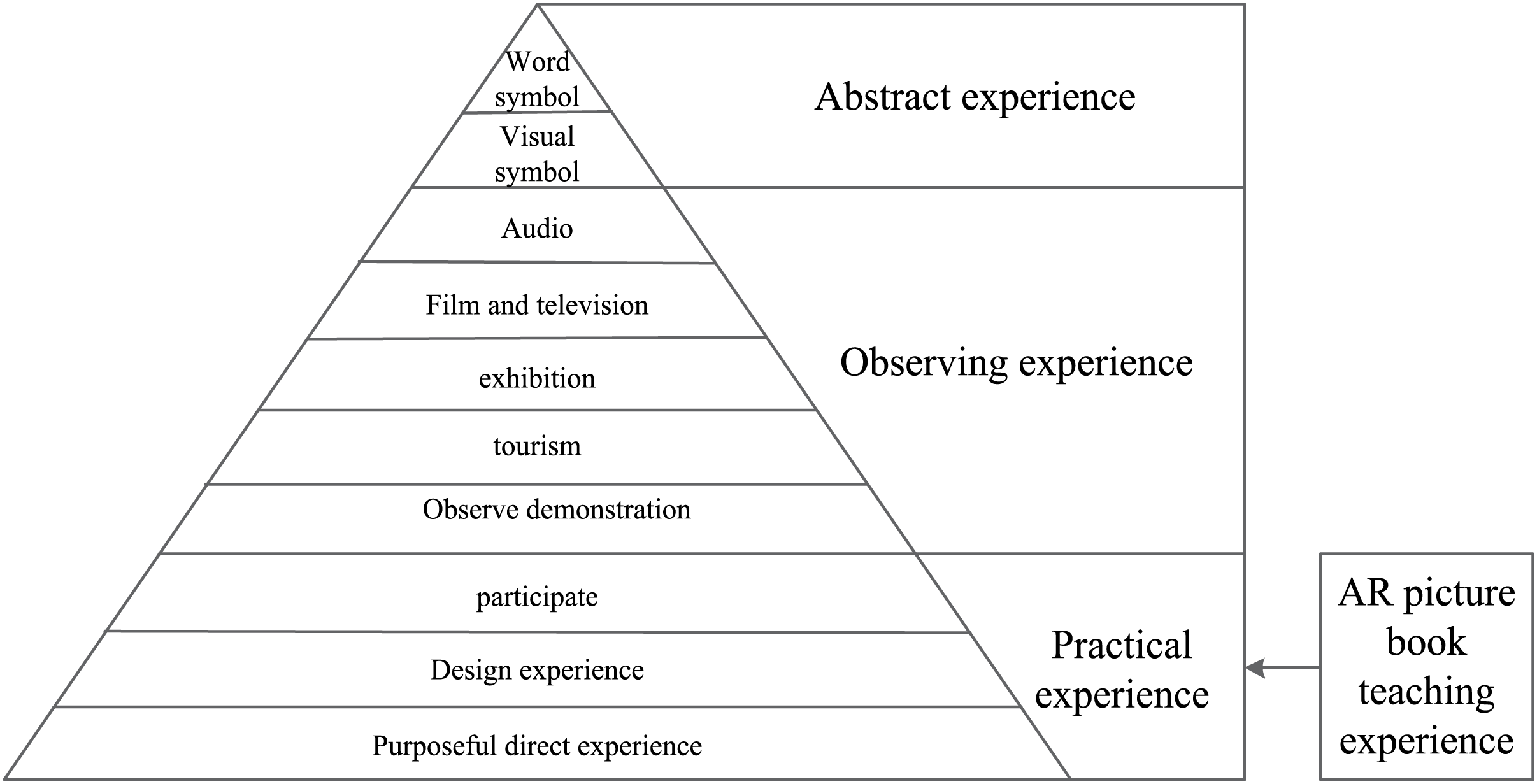
Figure 5: The tower of experience model
The teaching method of image cognition for children with AR technology can break the conventional time and space constraints, make students’ cognition of images more specific and easier to understand, and enable students to learn about image cognition from a more traditional perspective. On the basis of simple absorption, it is transformed into a stage where students can observe things and participate 22. This process makes it easier for students to learn. According to the tower of experience theory, the learning experience is the transition from concrete practical experience to abstract experience.
Only on the basis of practice, students can better understand and absorb the more advanced abstract experience later. Therefore, when we teach children image cognition, the combination of AR technology conforms to the practical experience in the empirical theory, so the AR technology23 the image cognition teaching method helps to lay a good foundation for children in the process of first contacting image teaching, and at the same time lays a good foundation for subsequent learning.
3 Problems Existing in Children’s Cognitive Ability Teaching at this Stage
One of the factors that affect children’s image cognition at this stage is the single teaching method. At present, the general cognitive teaching situation adopted by domestic kindergartens is the multimedia teaching situation. The occurrence of children’s universal cognition is closely related to the situation. However, due to the multimedia courseware The teaching content mostly exists in the form of cartoon animation or two-dimensional pictures, which makes children’s cognition of real things may have deviations and misunderstandings; in the ordinary multimedia teaching demonstration environment, children’s uncontrollable multimedia teaching situation also increases children’s Cognitive disorders, such as cognitive load, cognitive fear, etc.; children’s attention span is limited, and if they cannot effectively interact with the multimedia context, they will undoubtedly reduce their interest in learning. Cognitive development means the growth of a child’s ability to think and reason. This growth happens differently from ages 6 to 12 and from ages 12 to 18. Children ages 6 to 12 years old develop the ability to think in concrete ways.
The second factor that affects children’s image cognition at this stage is the backwardness of teaching tools. Through statistics on the types of AR teaching tools on the market, it can be found that there are fewer types of AR products on the market for children’s image cognition, and types of products. It is relatively simple. Through the analysis of the existing AR teaching tools, it can be seen that most of the current AR teaching tools are designed for products that are common in everyday animals and objects that young children are already familiar with. Common objects are not shown in the VR teaching products on the market. According to the law of children’s learning and development, simple objects are only suitable for children before the age of three to learn. As children grow older, their learning ability and exposure the ability of new things needs to be richer. Therefore, it is necessary to develop more and richer AR teaching tools to meet the needs of children for image cognition at this stage.
According to the research of existing AR teaching products, most AR products are based on mobile device resources for teaching. If the kindergarten is not equipped with related AR mobile teaching resources, it will not be able to teach. Therefore, new AR products must be developed. This product is not A device for teaching that relies on mobile device resources to achieve the purpose of flexible teaching. Emotions and visual information are processed in the same part of the human brain. Visual stimuli and emotional response are linked, and these two together generate what we call memories. Hence, powerful images and visual metaphors create strong impressions and lasting memories in learners.
3.3 Poor Perception of Teaching Objects
Children’s cognitive ability of images is based on their perception ability, and children’s perception ability is mainly based on the awareness of the surrounding environment through the sense of touch and vision. Children aged 3–6 years can learn about the size, shape, and shape of things. Features such as colors, sounds, and smells distinguish objects and thus recognize the world. Through research, it can be found that children aged 3–6 are in a period of rapid development in their cognitive abilities to the outside world. Not only do they perceive the world through functions such as vision, hearing, and smell, but also children in this period need to use multiple dimensions and multiple methods. The method of cognition of surrounding things can start from the aspects of perception, memory, attention, thinking mode and observation ability, standing in a multi-angle position to help children analyze and recognize external things. If traditional teaching methods are used for children’s image teaching, mostly flat, two-dimensional and text-rich textbooks or images, this traditional teaching method is not conducive to the development of children’s image cognition ability in many aspects. Perception and cognition are tightly related. Perceptual information guides our decisions and actions and shapes our beliefs.
4 Image Recognition Teaching Method Based on AR Technology
4.1 AR Interactive Picture Book Education
The social environment in which humans live has become more and more complex and changeable. They need to receive a lot of information every day, and they need to have the ability to process different information. Therefore, children’s image cognition teaching cannot rely on a single traditional picture book for education, but It is necessary to use the current advanced technology and advanced education methods to carry out a brand-new teaching to young children. Because children have the characteristics of single image recognition, low image recognition and higher image recognition ability than literacy in image recognition, traditional paper picture books cannot meet the requirements of children’s image recognition teaching. As shown in Fig. 6, the reading model of AR picture book, AR interactive picture books use AR technology to show the three-dimensional shapes of the characters, scenes and objects depicted in the picture books, and display virtual objects in front of children. This method greatly increases children’s learning interest in image cognition. Enthusiasm. Because AR interactive picture books have the superposition and contextuality of virtual and reality, strong contrasting colors, real scene modeling and diversified learning scenes, and compared with traditional picture books, most of the content is displayed in the form of pictures, with as few text descriptions as possible, thus, greatly increase the learning ability of children’s image cognition. Pedagogy is the method and practice of teaching, especially as an academic subject or theoretical concept, while education is the process of receiving or giving systematic instruction, especially at a school or university.
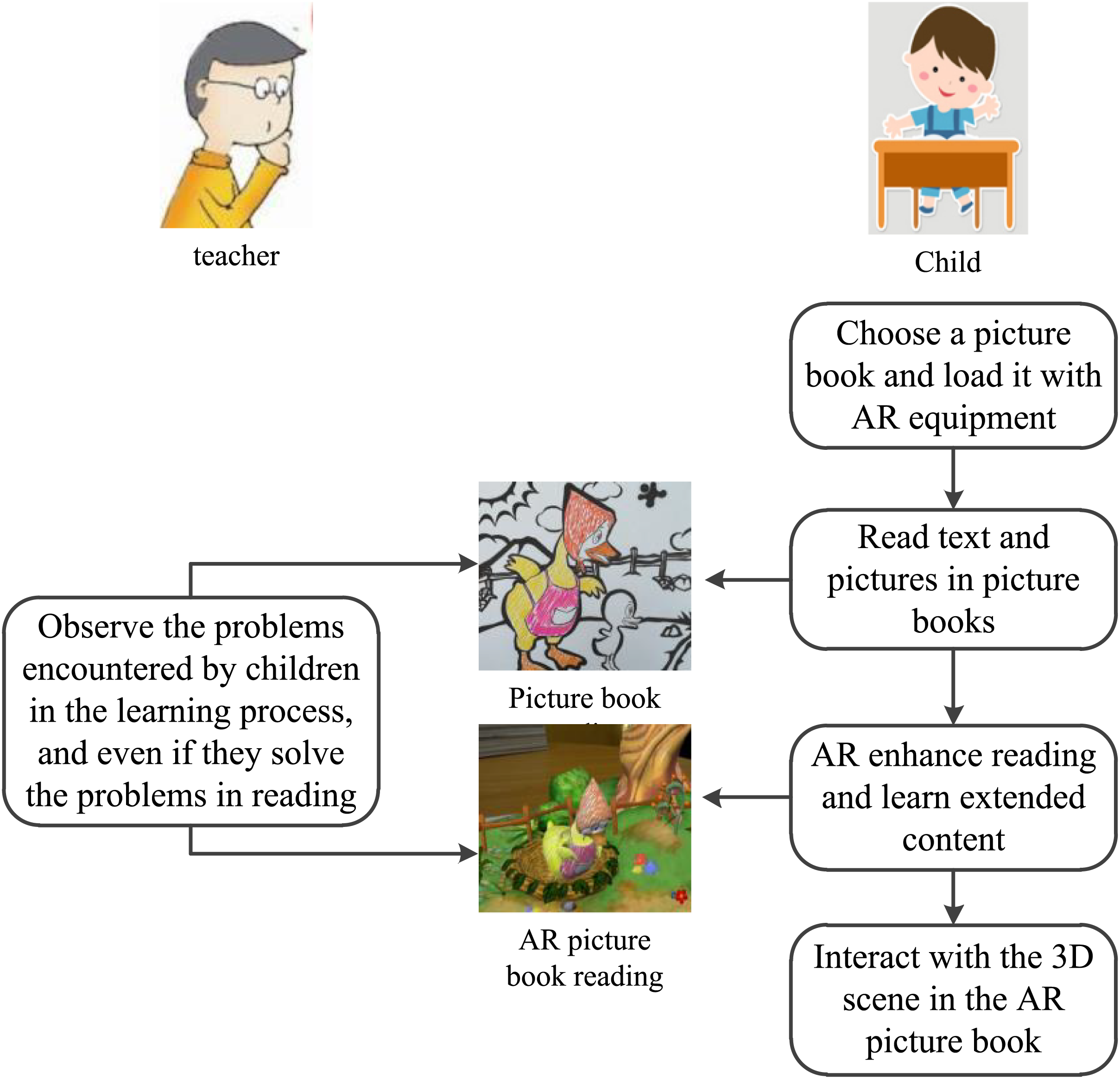
Figure 6: The reading model of AR picture books
(1) The difference between traditional picture books and AR interactive picture books
In traditional picture book teaching, the reading process is fully entrusted to the children, and the children read in the way they like, and the children control the entire reading process. The parents only act as the instructors behind, and the interference is greatly reduced. This method greatly develops the child’s independence in a certain way, but often due to the limited knowledge of things, the child cannot control the reading content well, and at the same time there is no good interactive feedback, the child is often very positive at the beginning, but can’t stick to it well.
AR image recognition typically uses an AR app where learners scan real-world 2D images and overlay 2D video, text, pictures, or 3D objects on it. The marker can be an image, shape, or surface. Once the application detects the marker, the AR experience begins by placing preloaded digital content on top of it. The most popular application for augmented reality in education is using AR apps directly in the classroom. In this case, they can help the teacher explain a subject, provide a visual representation of the material, and help students test out their knowledge in practice.
(2) Advantages of AR interactive picture books
In the AR-based role-playing reading model, parents and children select picture books together, use APP to load stories, and then assign roles according to the role characteristics of the picture book content. Using the AR application to display the picture book scenes, parents and children can quickly integrate into the picture book story situation, and then parents and children will perform performance reading according to their roles. In the AR-based conversational reading model as shown in Fig. 7, parents and children select picture books together and use APP to load stories. AR applications can be used to achieve AR enhanced reading and push knowledge and information related to the contents of picture books for discussion and exchange between parents and children, Share, explain.
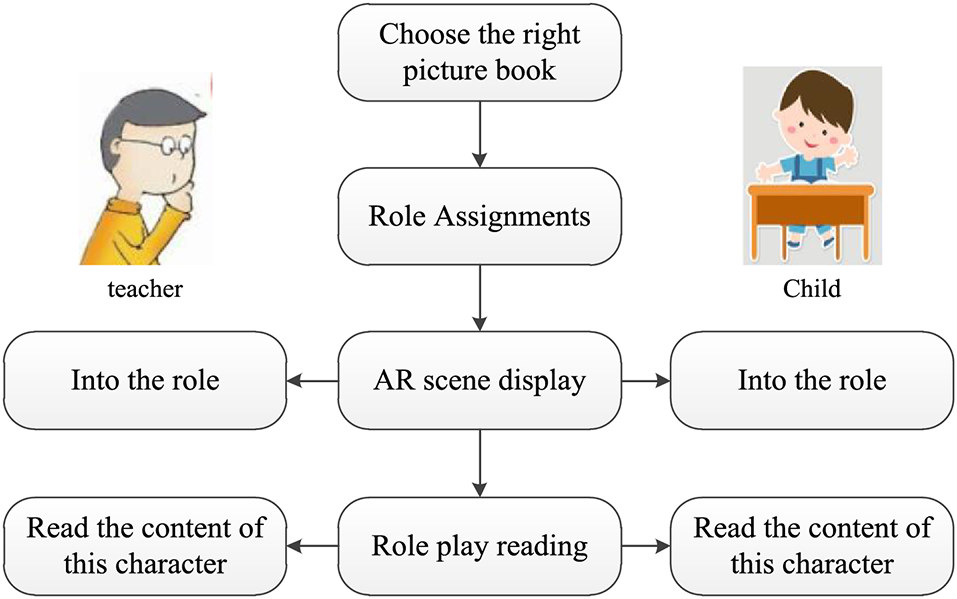
Figure 7: AR picture book role-playing reading model
In the process of image learning, children belong to the basic learning stage. The learning process requires the guidance and guidance of the teacher. By comparing traditional picture books and AR interactive picture books, the teaching methods of children’s image recognition teaching process are different. Traditional picture books can only Create scenarios through the form of pictures created by teachers to attract students to learn, while AR picture books can create scenarios through the combination of virtual words and scenarios and three-dimensional real scenarios to guide students to learn, and students can more easily engage in the learning state of AR virtual scenarios, which can be better In order to stimulate students’ interest in learning and attract students’ attention, AR interactive picture books are easier to attract and improve children’s image cognition ability, which lays the foundation for teachers’ instruction in class.
4.2 AR Interactive Game Education
AR interactive games are of great significance in children’s image cognition teaching. AR three-dimensional imaging and the way of combining with reality makes it easier for children to recognize images and deepen their learning interest and initiative. Compared with traditional educational methods of playing games, the educational method of AR interactive games has the following advantages. Teachers and children have better interaction, richer scenarios, and higher participation of children. In the teaching process, the teacher plays the role of educating and caring for the children, and the children rely on the teacher’s care in their lives. In the environment of AR interactive games, teachers and children complete game tasks together. This relationship of equal cooperation promotes the relationship of mutual respect between children and teachers. In AR interactive games, the teacher guides and supervises the entire game process. When children encounter difficulties in the game, the teacher actively guides them. The AR interactive game model is shown in Fig. 8.
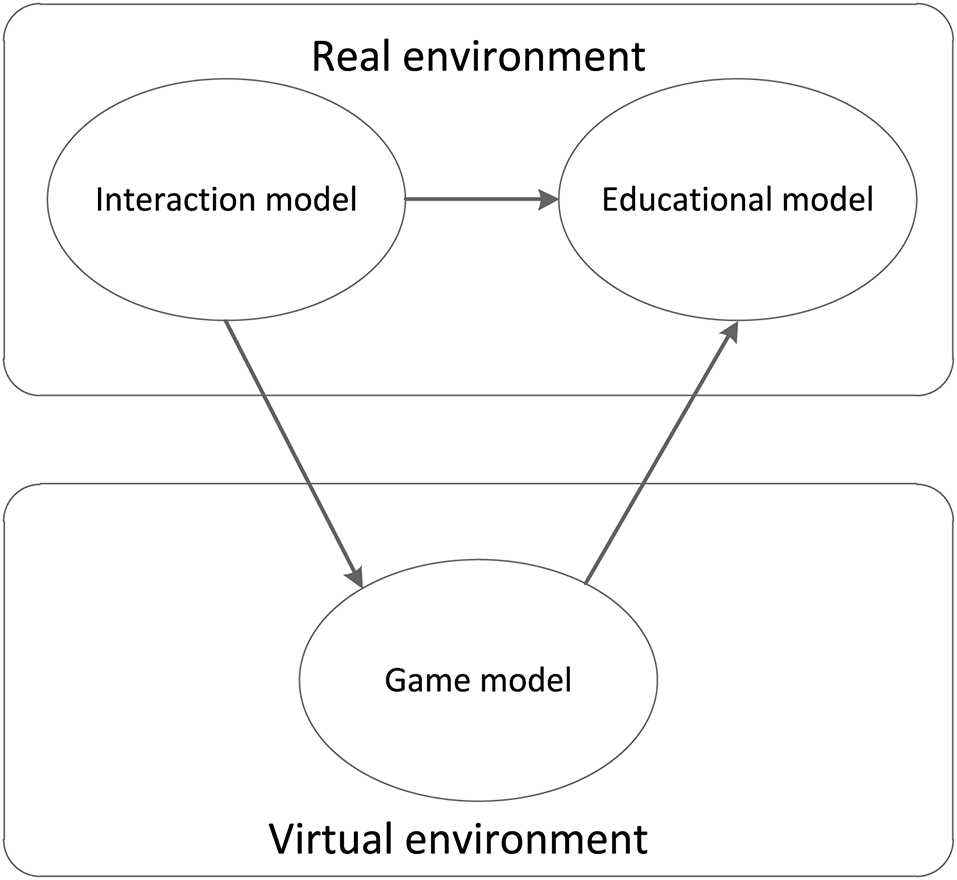
Figure 8: AR interactive game model
Analysis of roles in AR interactive games, as shown in Fig. 9.
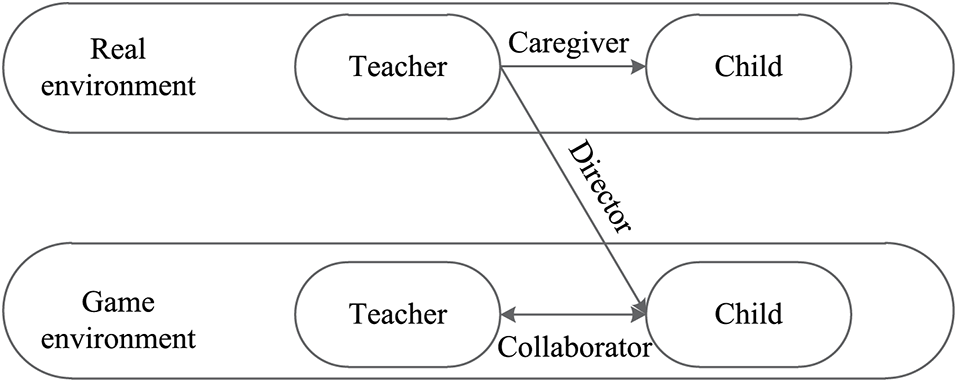
Figure 9: Analysis of roles in AR interactive games
(1) Game model settings
Set up an AR image cognitive interactive game. The entire game model can be divided into three parts: game preparation, game progress, and game end. The entire game process can be divided into game import, game settings, game progress, and game summary, as shown in Table 1. And the difficulty of the game is controlled by the teacher.

(2) Game difficulty level setting
The difficulty of the game is mainly based on the children’s degree of image recognition, which can be set in different aspects such as the transition from simple images of different shapes to images of different colors.
The difficulty of the teacher’s setting of AR image recognition games should be based on the children’s level of image recognition and the children’s age. The difficulty of the game cannot be set too high or too low. When the game difficulty is set too high, it will make the children losing the fun of the game during the game brings frustration to the students, which leads to the frustration of the children’s self-confidence. The game is too low and the whole game is not challenging and the children are not interested in the game. Therefore, the difficulty of the game needs to be targeted Different stages, different roles and different teaching content are set up.
(3) Game participation settings
The settings of AR image recognition games should be comprehensive and concrete. Among them, AR interactive image recognition games can be set as interactive games between teachers and students and interactive games between students and students. The type and role of the game should distinguish between gender, age, and personality between different roles.
The AR game process is shown in the figure,
For the AR image recognition game between students and students, some simple games with strong interaction between children and images that children are more interested in at this stage can be set, for example, the recognition of different animals, the role of tasks in different cartoons Identification, the identification of different things. For the image cognition interaction between teachers and students, the game can set up graphics with instructive, guiding and educational functions, for example, teach students how to recognize similar colors, how to recognize similar graphics, and how to learn from the special characteristics of an object. Recognize new things and so on. Through the AR image recognition game between different members, the emotional communication between different members can be increased. In the entire AR image cognition interactive game, whether it is a teacher or a student, both need to be fully engaged. Therefore, in the entire game process, middle school students are more involved, and children’s autonomy has been exercised, making education more Liberalization and automation.
As shown in the game education model of AR image cognition interactive games, it is mainly used to carry out educational activities between teachers and students. While completing image cognition education, it can help students think in AR image cognition education games. Problem solving, problem-solving and problem-summing, to promote children’s comprehensive understanding of image cognition, so as to promote children’s multi-faceted, multi-angle and multi-dimensional learning of different images in real life, and help children develop imagination, thinking skills and language skills.
5 Evaluation of Teaching Methods
5.1 Combining the Content of Early Childhood Education
Although early childhood education is different from higher education and basic education in the form of education, its early childhood education also has its own educational goals and education centers. Teachers of early childhood education need to be clear whether they adopt any teaching methods or use various teaching tools, as shown in Figs. 10 and 11. The ultimate goal is to center on the development of children’s education. When using AR technology to teach children’s image cognition, it is necessary to find a fit point with the current content of early childhood education, so that the two can be well combined, so that AR Technology plays a role in promoting children’s image cognition teaching process.
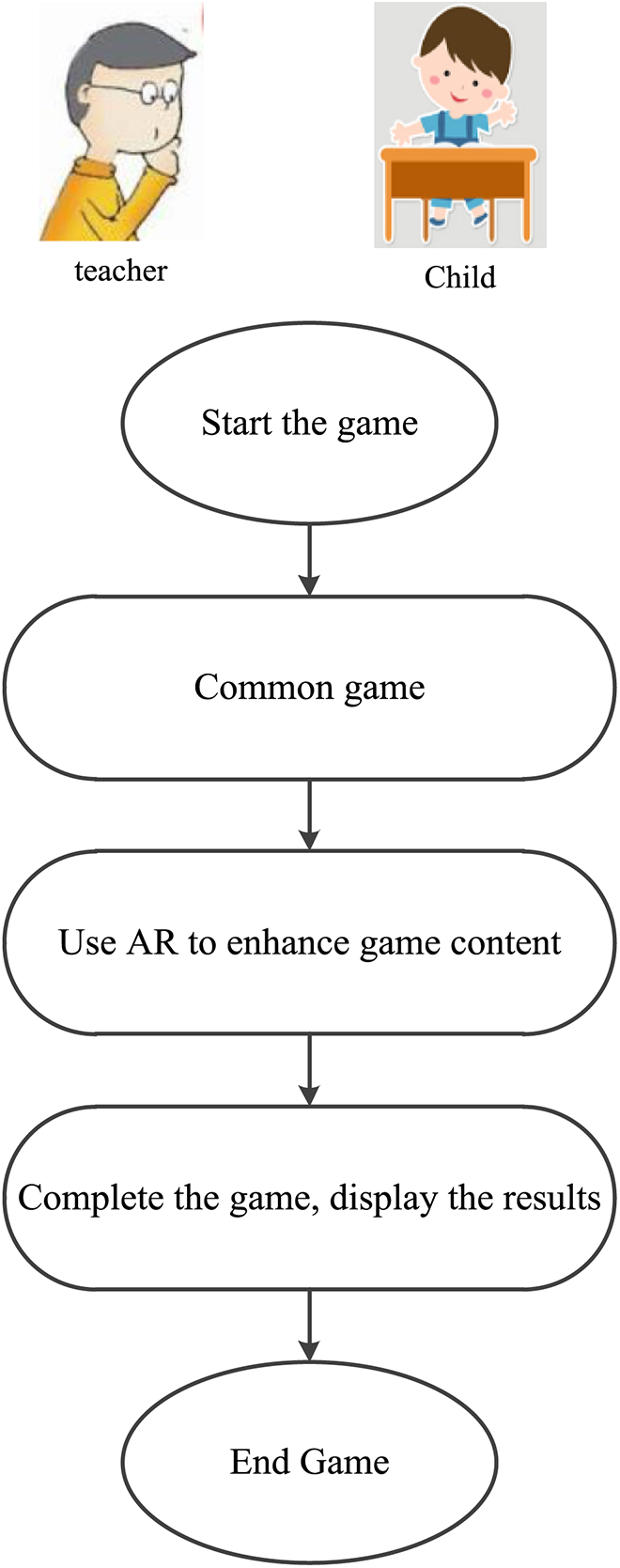
Figure 10: AR interactive game flowchart
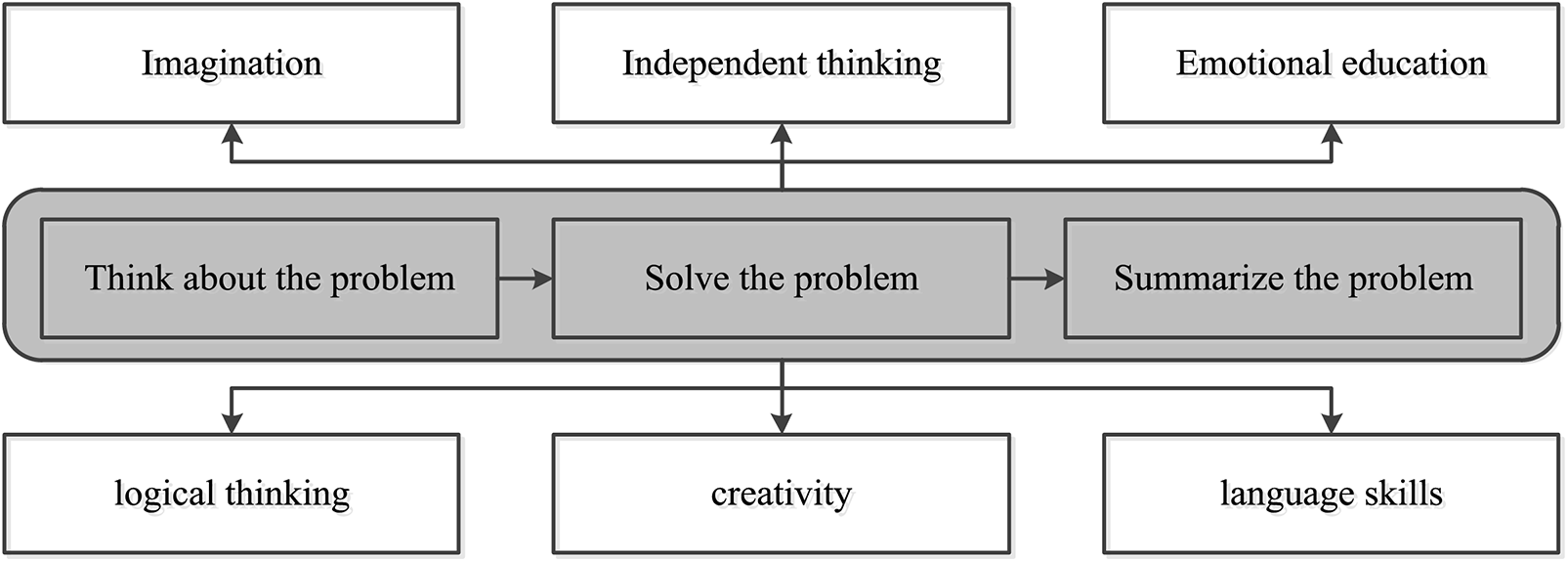
Figure 11: Game education model of AR image cognitive interactive game
In view of the difficulties in image recognition at the early childhood stage, for example, in terms of identifying animals, it is difficult for kindergarten teachers to achieve teaching methods consistent with the actual situation in image teaching. They can only provide pictures, videos and animal models by adopting intuitive teaching methods. Students can only achieve a visual experience to identify animals, but cannot interact with them and cannot blend in and feel the real existence of animals. The use of more mature AR image recognition technology can solve this problem. While recognizing and learning all kinds of animals, children can not only understand the characteristics of animals in a comprehensive and multi-dimensional manner, but also can interact with animals. This kind of image cognition teaching method of AR technology can not only satisfy children’s image cognition Through the more realistic display of the animal’s living habits and characteristics, and through the projected real animal images, children can touch different positions and truly feel the existence of animals. This way of singing can make children more comprehensive and truer. Learn about animals.
5.2 Personalized Teaching for Children
When using AR technology to teach children’s image cognition, teachers should take into account the children’s own development rules and cognitive level, and teach AR technology works that are suitable for children at the current stage. At the stage of children’s stage, their logical thinking ability and athletic ability Both are relatively limited. Therefore, when teaching AR image recognition, teachers should take into account the children’s graduation ability and the ability of children to distinguish images, and choose a method that is easy for children to master. In the process of teaching, cooperative teaching can be carried out with theme images that suit children’s interests and related background music. At a most basic level, picture books help kids understand that words convey meaning—connecting the pictures in the book with the words on the page. Kids will check pictures on the page for background knowledge or contextual clues for vocabulary development. They even use the images to learn the names of new objects.
This paper is based on the research of children’s image cognitive teaching methods based on augmented reality technology. Through understanding the basic technology of AR and the basic principle of AR technology to recognize images, the teaching method of using AR technology to improve children’s image cognition is consistent with the experience tower teaching theory. Through AR technology, two teaching methods to improve children’s image cognition are summarized. One is AR interactive picture book education. Through the superposition method of real and virtual images, children can view images from multiple and all-round perspectives in an image cognitive environment. The second is AR interactive game education, which enables students to not only learn knowledge from games in the process of image cognitive learning, but also exercise children’s observation and thinking through the ability of interactive games and communication skills. Through the evaluation of teaching methods, no matter AR picture book education or AR interactive game education, education methods cannot be separated from education life. Through the research on the teaching methods of children’s image cognition with AR technology, this paper shows that AR technology can greatly improve children’s image cognition ability. The improvement of teaching level is more conducive to improving children’s interest and initiative in image cognition.
Funding Statement: The authors declare that they have no conflicts of interest to report regarding the present study.
Availability of Data and Materials: The raw data supporting the conclusions of this article will be made available by the authors, without undue reservation.
Conflicts of Interest: The authors declare that they have no conflicts of interest to report regarding the present study.
References
1. C. Pense, M. Tektaş, H. Kanj and N. Ali, “The use of virtual reality technology in intelligent transportation systems education,” Sustainability, vol. 15, no. 1, pp. 300, 2022. [Google Scholar]
2. P. M. Shakeel, S. Baskar, H. Fouad, G. Manogaran, V. Saravanan et al., “Creating collision-free communication in IoT with 6G using multiple machine access learning collision avoidance protocol,” Mobile Networks and Applications, vol. 26, no. 1, pp. 969–980, 2021. [Google Scholar]
3. S. A. Hassan, T. Rahim and S. Y. Shin, “ChildAR: An augmented reality-based interactive game for assisting children in their education,” Universal Access in the Information Society, vol. 21, no. 2, pp. 545–556, 2022. [Google Scholar]
4. A. Ds and B. Rmy, “The effect of augmented reality technology on middle school students’ achievements and attitudes towards science education,” Computers & Education, vol. 144, no. 2, pp. 103710, 2020. [Google Scholar]
5. A. L. Alyousify and R. J. Mstafa, “AR-assisted children book for smart teaching and learning of Turkish alphabets,” Virtual Reality & Intelligent Hardware, vol. 4, no. 3, pp. 263–277, 2022. [Google Scholar]
6. N. V. Chicherina and S. Y. Strelkova, “Translanguaging in English language teaching: Perceptions of teachers and students,” Education Sciences, vol. 13, no. 1, pp. 86, 2023. [Google Scholar]
7. G. Amudha, “Dilated transaction access and retrieval: Improving the information retrieval of blockchain-assimilated internet of things transactions,” Wireless Personal Communications, vol. 93, no. 1, pp. 1–21, 2021. [Google Scholar]
8. J. Bacak, J. Wagner, F. Martin, E. Byker, W. Wang et al., “Examining technologies used in K-12 school districts: A proposed framework for classifying educational technologies,” Journal of Educational Technology Systems, vol. 51, no. 3, pp. 282–302, 2023. [Google Scholar]
9. P. Yang, Y. Yang, Y. Wang, J. Gao, N. Sui et al., “Spontaneous emission of semiconductor quantum dots in inverse opal SiO2 photonic crystals at different temperatures,” Luminescence, vol. 29, no. 6, pp. 566–572, 2014. [Google Scholar] [PubMed]
10. M. Akayr and G. Akayr, “Advantages and challenges associated with augmented reality for education: A systematic review of the literature,” Educational Research Review, vol. 20, no. 20, pp. 1–11, 2017. https://doi.org/10.1016/j.edurev.2016.11.002 [Google Scholar] [CrossRef]
11. S. Jegadeesan, M. Azees, P. M. Kumar, G. Manogaran, N. Chilamkurti et al., “An efficient anonymous mutual authentication technique for providing secure communication in mobile cloud computing for smart city applications,” Sustainable Cities and Society, vol. 49, no. 20, pp. 101522, 2019. https://doi.org/10.1016/j.scs.2019.101522 [Google Scholar] [CrossRef]
12. S. M. Rozehkhani and F. Mahan, “VM consolidation improvement approach using heuristics granular rules in cloud computing environment,” Information Sciences, vol. 596, no. 6, pp. 15–29, 2022. https://doi.org/10.1016/J.INS.2022.02.042 [Google Scholar] [CrossRef]
13. L. Y. Koh, M. Wu, X. Wang and K. F. Yuen, “Willingness to participate in virtual reality technologies: Public adoption and policy perspectives for marine conservation,” Journal of Environmental Management, vol. 334, pp. 117480, 2023. https://doi.org/10.1016/J.JENVMAN.2023.117480 [Google Scholar] [PubMed] [CrossRef]
14. W. Xia, Y. Chen, X. Liu, F. Chen, M. Yan et al., “Effectiveness of virtual reality technology in symptom management of end-of-life patients: Protocol of a systematic review and meta-analysis,” BMJ Open, vol. 13, no. 2, pp. e068532, 2023. [Google Scholar] [PubMed]
15. N. S. Bofanova, A. Y. Tychkov, Y. A. Khanfar and R. V. Zolotarev, “Virtual reality technology as a promising direction in neurorehabilitation,” Zhurnal Nevrologii i Psikhiatrii Imeni S.S. Korsakova, vol. 123, no. 1, pp. 131–136, 2023. [Google Scholar] [PubMed]
16. M. Akcaoglu, S. Dogan and C. B. Hodges, “Real coding and real games: Design and development of a middle school curriculum using unity 3D,” TechTrends, vol. 66, no. 6, pp. 931–937, 2022. [Google Scholar]
17. N. M. Alzahrani, “Augmented reality: A systematic review of Its benefits and challenges in E-learning contexts,” Applied Sciences, vol. 10, no. 1, pp. 5660, 2020. [Google Scholar]
18. H. K. Wu, W. Y. Lee, H. Y. Chang and J. C. Liang, “Current status, opportunities and challenges of augmented reality in education,” Computers & Education, vol. 62, no. 1, pp. 41–49, 2013. [Google Scholar]
19. P. Milgram, H. Takemura, A. Utsumi and F. Kishino, “Augmented reality: A class of displays on the reality-virtuality continuum,” Proceedings of Spie the International Society for Optical Engineering, vol. 2351,no. 1, pp. 282–292, 1995. [Google Scholar]
20. M. Dunleavy, C. Dede and R. Mitchell, “Affordances and limitations of immersive participatory augmented reality simulations for teaching and learning,” Journal of Science Education & Technology, vol. 18, no. 1, pp. 7–22, 2009. [Google Scholar]
21. C. Chen, X. Y. Wang, J. Chen, Q. Liu and S. L. Peng, “An active security system based on AR smart classes and face recognition technology,” Journal of Internet Technology, vol. 23, no. 1, pp. 245–253, 2022. [Google Scholar]
Cite This Article
 Copyright © 2022 The Author(s). Published by Tech Science Press.
Copyright © 2022 The Author(s). Published by Tech Science Press.This work is licensed under a Creative Commons Attribution 4.0 International License , which permits unrestricted use, distribution, and reproduction in any medium, provided the original work is properly cited.


 Submit a Paper
Submit a Paper Propose a Special lssue
Propose a Special lssue View Full Text
View Full Text Download PDF
Download PDF Downloads
Downloads
 Citation Tools
Citation Tools